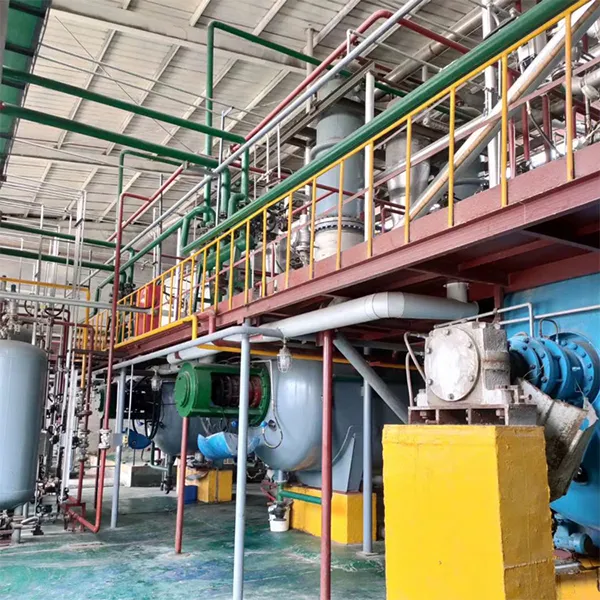The Significance and Versatility of Cellulose Polymer
Cellulose, a biopolymer derived from the cell walls of plants, is one of the most abundant organic compounds on Earth. Comprising a linear chain of glucose molecules linked by β(1→4) glycosidic bonds, cellulose has garnered significant attention for its unique structural properties and potential applications across various industries. As a cellulose polymer, it plays a crucial role in the ecosystem and holds promise for sustainable technologies.
Structure and Properties
The crystalline structure of cellulose contributes to its stability, making it a robust material that provides strength to plant cells. It is insoluble in water and resistant to most solvents, which makes it ideal for use in a variety of applications where durability is essential. Moreover, cellulose can be modified chemically to alter its properties, enabling the creation of cellulose derivatives like cellulose acetate, carboxymethyl cellulose, and microcrystalline cellulose, each serving distinct functions in different sectors.
Natural Source and Sustainability
As a renewable resource, cellulose is predominantly found in cotton, wood, and other plant fibers. The extraction and utilization of cellulose from these natural sources is more environmentally friendly compared to synthetic polymers that rely on petroleum-based feedstocks. This is particularly important in the context of increasing awareness about environmental sustainability and the need for greener alternatives. Utilizing cellulose polymers can help reduce the carbon footprint associated with manufacturing processes while promoting a circular economy.
Industrial Applications
1. Textiles and Paper Products One of the most traditional uses of cellulose is in the textile and paper industries. Cellulosic fibers, such as cotton and rayon, are spun into yarn or woven into fabrics, while cellulose is a primary material in paper production. The ability to dye and print on cellulose-based materials allows for versatile design options, making it a favored choice in fashion and publishing.
'cellulose polymer'

2. Food Industry In the food sector, cellulose polymer serves as a thickening agent, stabilizer, and emulsifier. It enhances the texture and palatability of various products, including sauces, ice creams, and baked goods. Additionally, modified cellulose derivatives act as dietary fiber, contributing to health benefits by promoting digestive health.
3. Pharmaceuticals Cellulose and its derivatives are extensively used in the pharmaceutical industry as excipients. Microcrystalline cellulose is commonly employed as a binder and disintegrant in tablets, while hydroxypropyl cellulose serves as a film-forming agent in coatings. The biocompatibility of cellulose makes it suitable for controlled drug delivery systems.
4. Biodegradable Plastics As the demand for biodegradable materials rises, cellulose polymers have been explored as sustainable alternatives to conventional plastics. Cellulose-based films and coatings provide effective barriers and can decompose naturally, reducing plastic pollution and benefiting the environment.
Research and Future Outlook
Innovative research is continuously enhancing our understanding of cellulose polymer’s potential. Advances in nanotechnology have led to the development of nanocellulose, which exhibits exceptional strength and lightweight properties. Such innovations promise to revolutionize materials science, paving the way for lightweight composites in the automotive and aerospace industries.
Moreover, ongoing biotechnological innovations aim to improve cellulose extraction and processing methods, making it more cost-effective and efficient. As the world shifts toward renewable resources, cellulose polymers are likely to play an increasingly vital role in manufacturing sustainable products that align with eco-friendly practices.
Conclusion
In summary, cellulose polymer stands as a testament to nature's brilliance and the potential for sustainable innovation. Its versatility across various industries—from textiles to pharmaceuticals—underscores its importance in contemporary applications. As we continue to explore cellulose's multifaceted capabilities, the future seems promising, with numerous opportunities to harness this abundant biopolymer for the benefit of both industry and the environment. Embracing cellulose polymer can drive us towards a sustainable future, ensuring that we tread lightly on our planet while advancing technological frontiers.
-
Rdp Powder: Key Considerations for Wholesalers in the Building Materials IndustryNewsJul.08,2025
-
Key Considerations for Wholesalers: Navigating the World of Hpmc - Based ProductsNewsJul.08,2025
-
Hpmc Detergent: Key Considerations for WholesalersNewsJul.08,2025
-
Key Considerations for Wholesalers: China Hpmc For Tile Adhesive, Coating Additives, Concrete Additives, and MoreNewsJul.08,2025
-
Crucial Considerations for Wholesalers: Navigating the World of Construction MaterialsNewsJul.08,2025
-
Key Considerations for Wholesalers Sourcing Additive For Cement, Additive For Concrete, Additive For Putty from Additive Manufacturer Shijiazhuang Gaocheng District Yongfeng Cellulose Co., Ltd.NewsJul.08,2025




